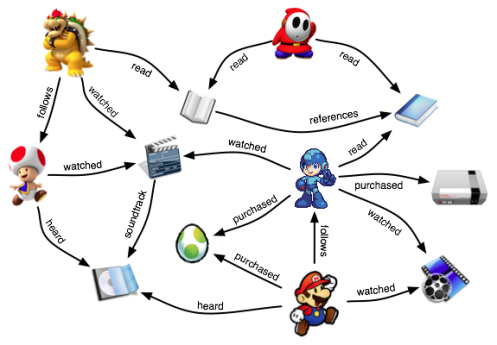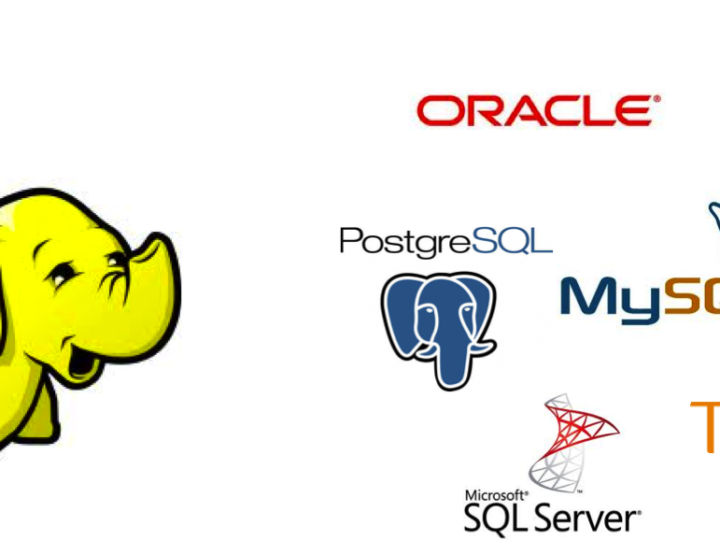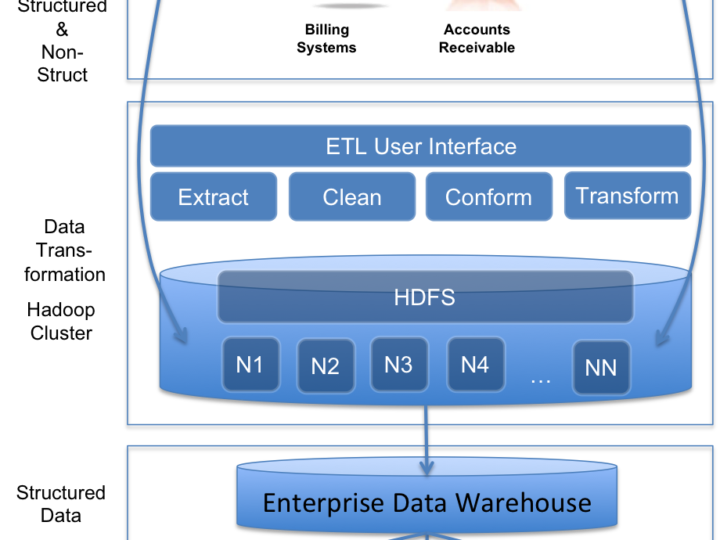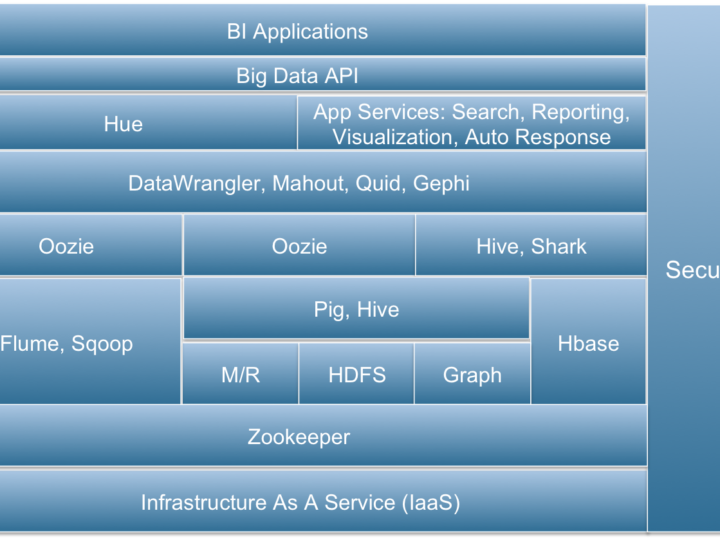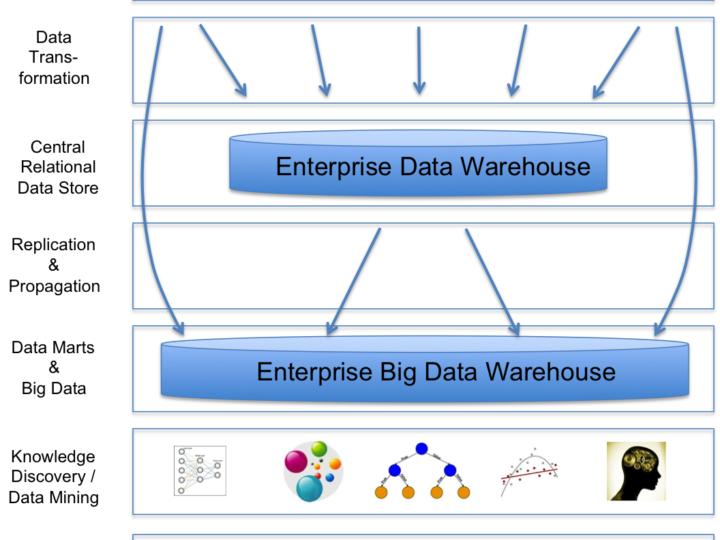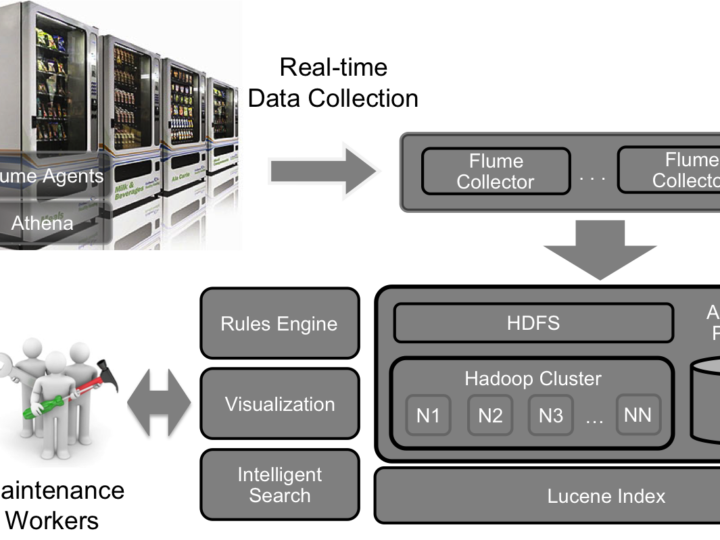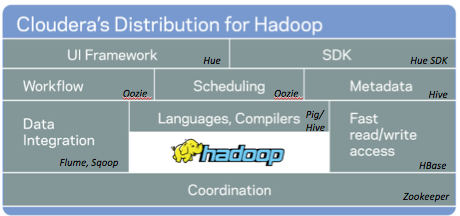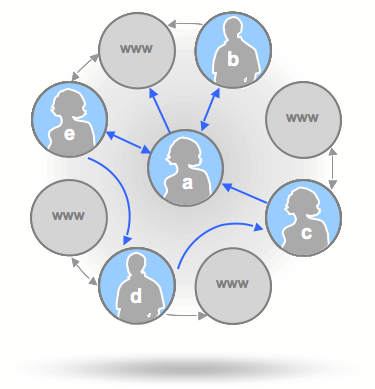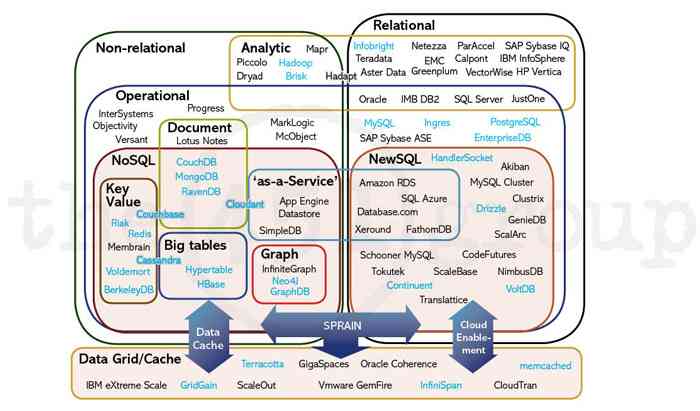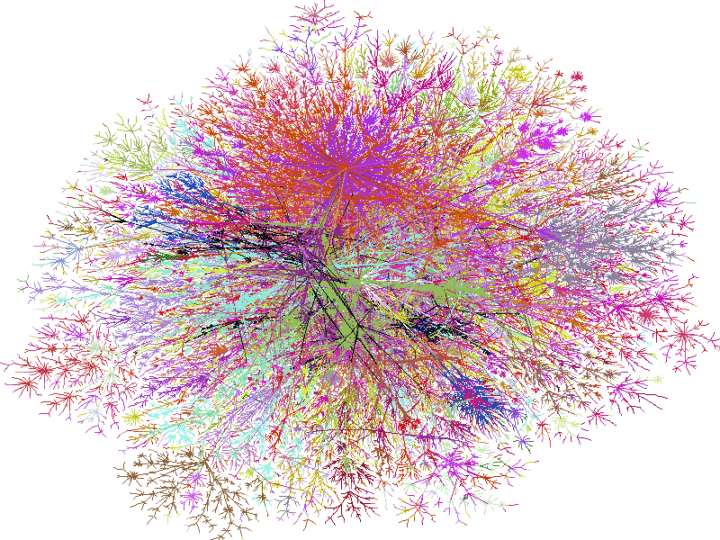Category: Data & Analytics
Data becomes so complex that it is nearly impossible to work with existing data infrastructure and analysis techniques. My suite of data technology includes: 1) Real-Time Stream Processing (providing in-memory analytics, ETL, and CEP); 2) Ad-Hoc NoSQL Query (providing interactive fine-grained analytics); and 3) Batch Processing (providing off-line analytics over large volumes). Talk to me about he world of SQL vs. NoSQL, proprietary vs. open source.
My experience in analytics started when I spearheaded a data mining workbench at Teradata in 1996 that included machine learning algorithms including rule induction, decision tree, kohonen clustering, deep learning neural networks, and a host of others. I’ve been a student of ML and AI since 1988, and using it across large datasets over two decades before it became a huge focus of innovation.
